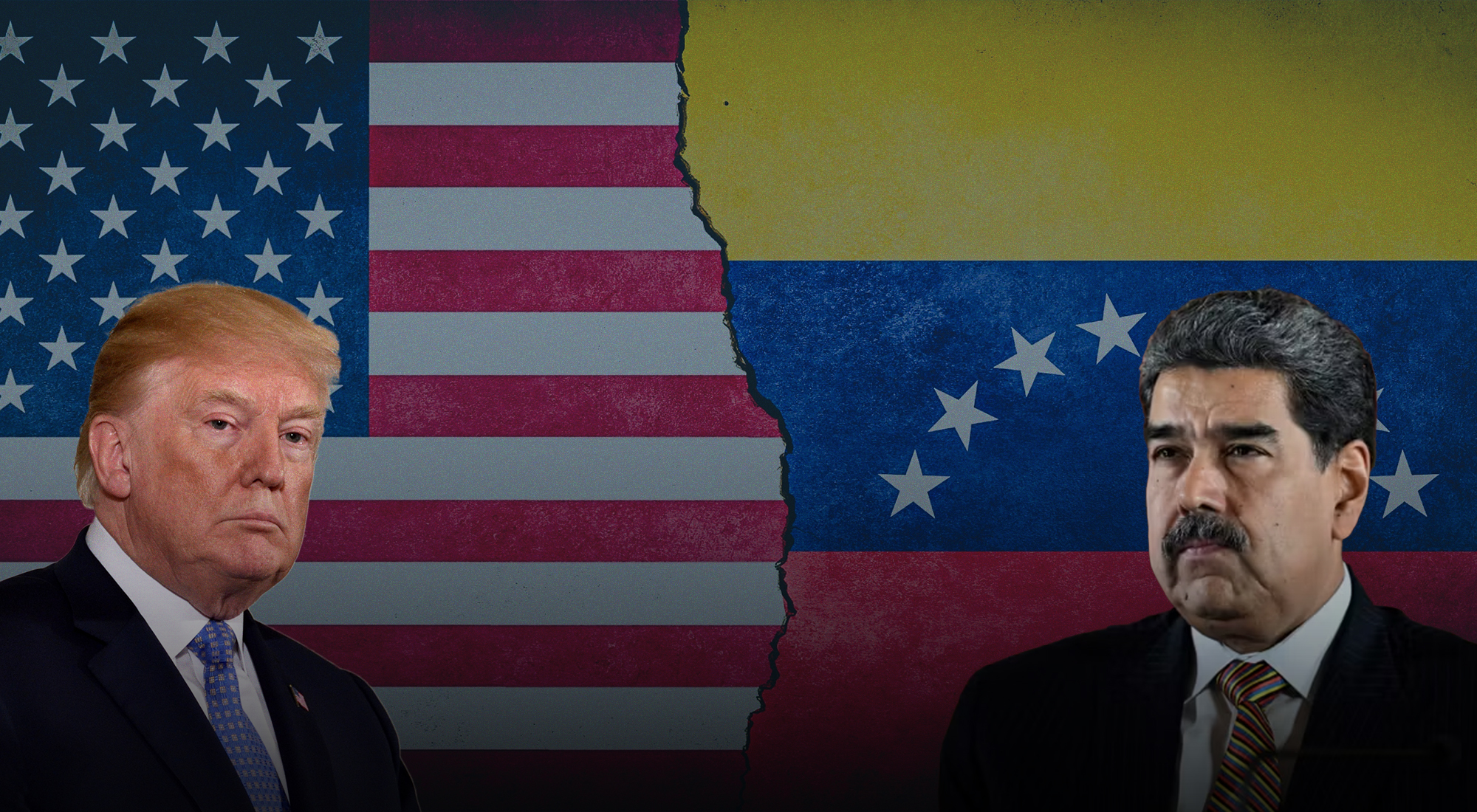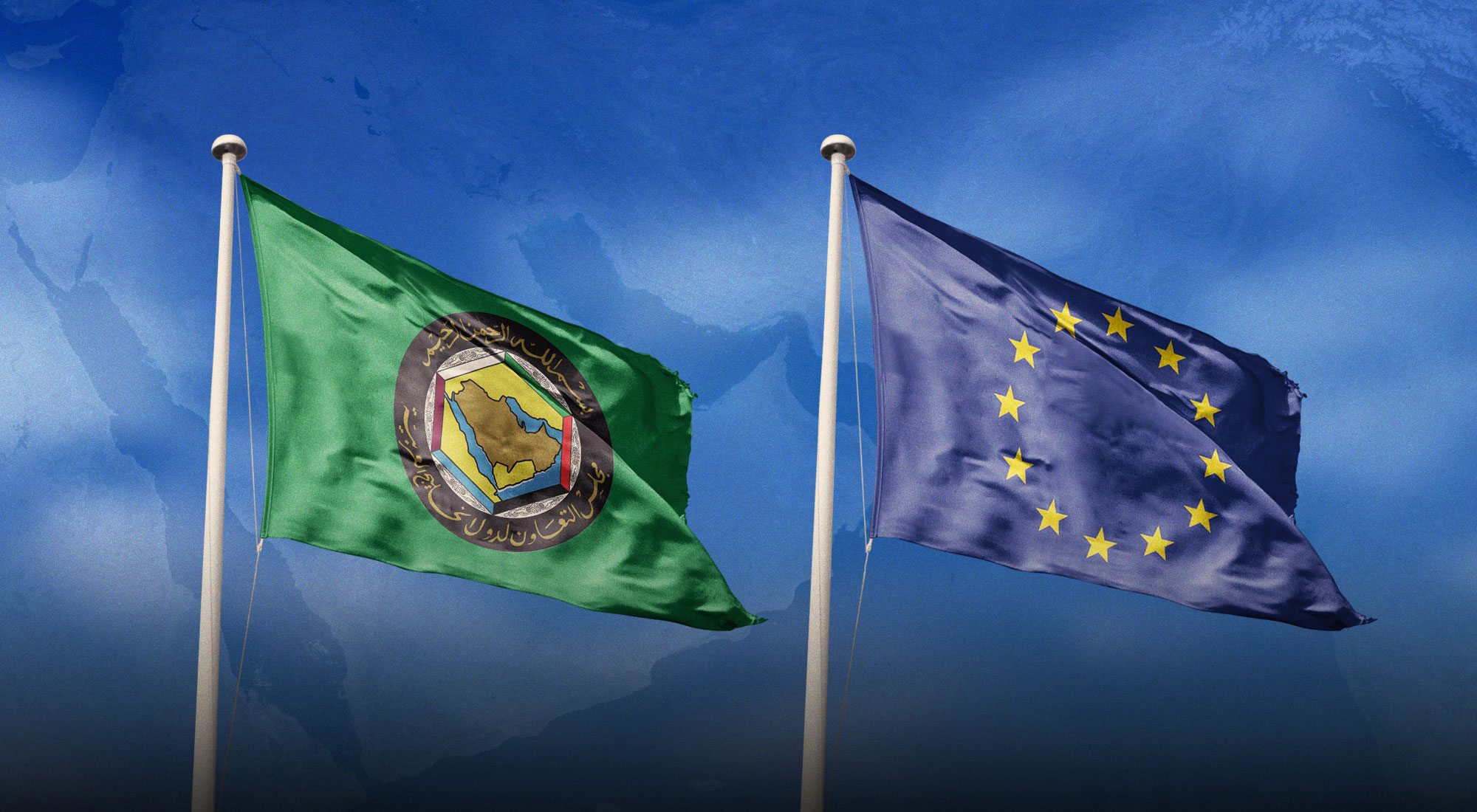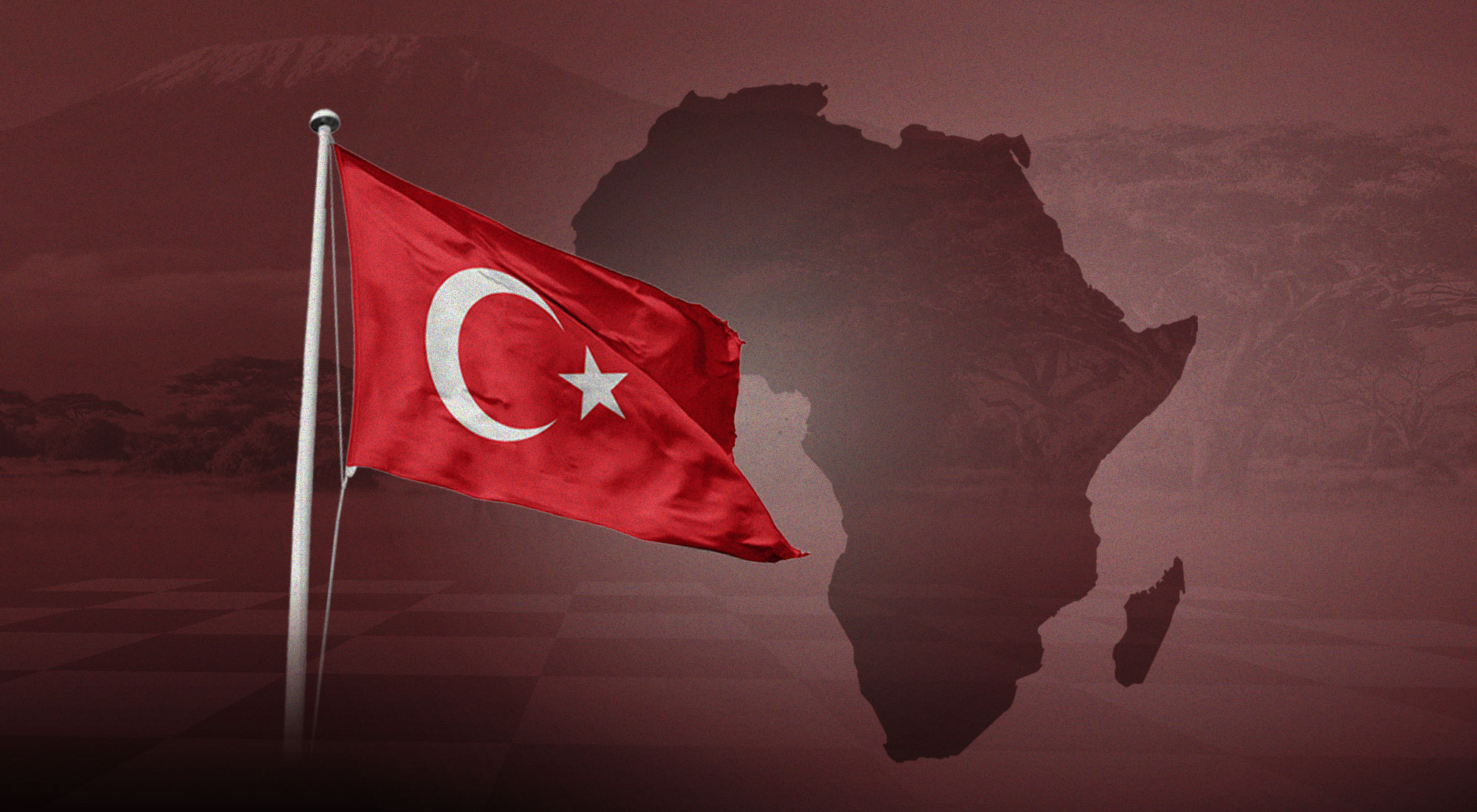Maritime security in the Western Indian Ocean is a pressing international concern. The rise of piracy off the coast of Somalia in the late 2000s threatened global shipping lanes and led to an unprecedented international response, including naval patrolling, strengthened ship security, and capacity building activities with coastal states.
Since then, piracy in the region has declined significantly. However, a range of other maritime security issues demand attention. This paper first considers the current nature of the maritime security challenge off the Horn of Africa and in the wider Western Indian Ocean. It then reflects on how regional states and third-party actors have engaged with maritime security issues to date. Finally, it concludes by considering what further actions should be taken to strengthen maritime security in this part of the world, and what the priority areas and challenges are likely to be for the future.
Current risks and threats
The maritime security situation in the Western Indian Ocean remains in flux. On the one hand, there is much positive news. There has been a major decline in piracy since 2012, with only sporadic or small-scale attacks since then.[1] For example, the number of recorded attacks fell from a high point of 160 in 2011 to just eight in the six year period between 2016-21.[2] That is in part down to international and regional counterpiracy efforts, including naval patrolling and piracy prosecutions, but also due to strengthened ship security measures, the use of armed guards on vessels, and an increasing intolerance of pirate activities amongst local coastal communities and actors in Somalia itself.
In many ways, the wider Western Indian Ocean has functioned as a crucible of innovation for maritime security responses, including the development of novel coordination, cooperation and information sharing mechanisms amongst state actors, as well as with private interests such as the shipping industry.[3] These practices have been widely emulated in other regions, including the Gulf of Guinea and Mediterranean.
However, it is equally clear that while piracy may have been contained, it has not necessarily been eradicated and many of the underlying drivers of the piracy problem are still in place. Few of the pirate kingpins have been prosecuted and imprisoned, and many of the socio-economic conditions that led to the rise of piracy in the first place – including deprivation and insecurity in coastal communities – have not gone away. In that context, there is always the risk that piracy could return in the future if the conditions become favorable to allow it to do so. At the same time, the region continues to face a series of wider maritime security challenges that demand attention.
While there is no one universally agreed definition of maritime security, it is commonly understood to comprise three broad problem dimensions (see Figure 1). The first of these involves inter-state disputes and conflicts; for example, over maritime territories or marine resources. The second relates to maritime terrorism and extremist violence, conducted at, from, or across the sea. Finally, there are multiple types of blue crimes, including piracy, but also smuggling activities of various types and environmental crimes such as illegal fishing.[4] All three dimensions are present off the Horn of Africa and in the wider Western Indian Ocean region.[5]

Figure 1: Dimensions of maritime security[6]
At the inter-state level, there is an active dispute between Somalia and Kenya over their maritime border, as well as between the UK and Mauritius over the Chagos Islands. Looking further north, hybrid threats in the Strait of Hormuz are an ongoing threat to freedom of navigation. At the same time, the region is the subject of increasing geopolitical competition between major external and regional state actors.
Terrorists and political extremists continue to pose a threat, not only due to the maritime spill-over from conflicts on land, as has been the case in Yemen and Mozambique, but also because extremist groups such as Al-Shabab have been shown to engage in maritime crimes such as smuggling to help fund their activities. The threat of an Al-Qaeda or Daesh attack on shipping also remains a possibility.
Finally, the waters off the Horn of Africa are home to multiple forms of blue crime beyond piracy. These include smuggling activities of narcotics, of arms, of people, as well as goods such as charcoal, sugar, or illicit wildlife products. Environmental crimes such as illegal fishing and pollution – generally carried out by actors external to the region[7]– are also widespread.
What is more, maritime criminals are adaptable. It is easy to transfer the skills and organization needed for one type of blue crime like piracy, for example, to another like smuggling; something that seems to have happened in the Somali case.[8]
What should be done?
All this means that even with the decline of piracy, maritime insecurities off the Horn of Africa and in the wider Western Indian Ocean region are not likely to disappear any time soon. So, what can and should be done?
The first point to note is that much has been done already, especially in relation to counterpiracy. This includes the formation of new mechanisms to coordinate and deconflict between the navies of multiple different countries at the operational level, most notably the SHADE platform, but also at the diplomatic level including the recently renamed Contact Group on Piracy off the Coast of Somalia (CGPCS) and other formats such as the Djibouti Code of Conduct.
These efforts also include the creation of a new legal transfer system to allow for the trial, prosecution and imprisonment of piracy suspects captured on the high seas,[9] and entails the establishment of multiple capacity building activities to assist regional states in strengthening their own maritime law enforcement structures.[10] Regional organisations have also turned their attention to maritime security issues, including the African Union, Indian Ocean Rim Association, Indian Ocean Commission, and Southern Africa Development Coordination Conference.
What is remarkable about these formats is that so many of them have endured in the period since piracy’s decline, often shifting their attention to some of the other forms of blue crime identified above. It is notable, for example, that the CGPCS was recently renamed as the Contact Group on Illicit Maritime Crimes in the Western Indian Ocean.
These initiatives provide a ready-made architecture through which to respond to maritime insecurities in the Western Indian Ocean. However, they face the challenge of how to translate the unity of effort which underpinned behind the counterpiracy response into action on a more diverse range of maritime security challenges, and in the context of heightened geopolitical tensions. They also need to work to translate declarations and strategies into action and outcomes.
So, what are the key considerations and challenges that need to be borne in mind if we are to build on these foundations for the future?
Maintaining unity of purpose
The first is the challenge of maintaining unity of purpose. Counterpiracy responses worked in part because multiple different actors – not all of them always natural allies – recognised that they shared a common problem.
Piracy impacted on trade for Western nations, for China, and other Asian nations too, and for countries in the Gulf and the Middle East, as well as the shipping industry. It impacted on the maritime economy of African countries too, especially those – like Seychelles, Mauritius, and Kenya – with strong fishing and tourism interests.
The picture is not quite so clear for some of the other maritime security challenges mentioned above. Different actors have different interests and priorities in maritime security. Not all issues are seen as major security threats justifying a concerted international response.
This is a mistake. One of the distinguishing features of maritime insecurities is that they interconnect with each. Insecurities in one area exacerbate those in another and can have impacts that spread far beyond the region alone. For example, illegal fishing activities by foreign fleets in Somali waters in the 1990s and 2000s depleted local fish stocks and undermined coastal livelihoods, creating the conditions in which piracy in the region could thrive and threaten global shipping routes. The smuggling of heroin by maritime routes from South Asia to East Africa and on to markets in Western Europe and elsewhere helps fuel the global drugs trade. Arms smuggling by sea, both into and out of zones of conflict, contributes to regional instability and supports the activities of terrorist and insurgent groups. At heart, these are shared problems that need to be addressed through a collective response.
In this context, it is important that the collective maritime security architectures established in response to piracy are not allowed to fragment and dissipate. The region needs working institutional formats for coordination and political dialogue, not only to avoid duplication and fragmentation, but also to manage growing geopolitical tensions. Existing forums – like the SHADE mechanism and the Contact Group – should be nurtured and supported.
Regional states can play an important role in this picture, including smaller states. These are the actors most impacted by maritime security threats, but they can also be effective brokers and facilitators for strengthening and sustaining regional maritime security architectures outside the geopolitical concerns that impact some larger states’ engagements. Seychelles for example has been an effective advocate for the sustainable development of ocean resources and played a key role in the international counterpiracy response, both through its leadership in regional maritime security fora and also as a key site for piracy trials. For its part, Mauritius hosts the Indian Ocean Commission and Indian Ocean Rim Association and is a leading campaigner for marine environmental protection and sustainable fishing initiatives.
Further efforts are also needed to counter legacies of sea blindness in the region, including by raising awareness of the nature and significance of maritime security challenges amongst both elites and citizens. There is a key role for academic, think tank, and NGO outreach in this area, in relation to education and training, media work, and civil society engagement. The Transnational Initiative against Organized Crime, for instance, operates an IUU Fishing Index, laying out how well countries are equipped to deal with the problem of illicit fishing, while the US-based NGO Stable Seas runs a Maritime Security Index detailing how countries are affected by maritime insecurities and how well they govern their maritime sector.
Land and sea
Second, it is important to recognize that maritime insecurities are not just problems of the sea. They often have root causes on land. That means that it is important to ask what kind of problem we are dealing with when we formulate a response. Maritime security is a multi-faceted challenge, involving issues of security, development, and law enforcement, and there is a danger that focusing too much on traditional security – that is military or naval responses – means simply managing the consequences of the problem rather than addressing the problem itself.
Part of the answer here is in working to address wider issues of governance, development, and insecurity in the Horn of Africa. But it also means understanding the causes and organization of maritime threats better.
There is a need for better, and better quality, data on the full range of blue crimes in the region, including both quantitative and qualitative analyses. While we have good data on piracy, for example, and some on narcotics trafficking and illegal fishing activity, less is known about other crimes, particularly pollution crimes as other forms of smuggling. This will require more systematic data collection efforts by international organisations and agencies, as well as academics and think tanks, and efforts to encourage information sharing between actors.
Data of this type is important because it can point us towards the underlying organizational structures, supply chains and profit logics underpinning maritime criminal or terrorist networks. This can assist in developing responses that can target the often land-based organisations and enabling structures that lie behind the actual manifestation of these threats at sea.
In essence, it is important to move beyond targeting the foot soldiers of blue crime. These can be arrested or incarcerated, but while the profits are there, there will likely be more that emerge to take their place, or they will simply go elsewhere. More important is to focus on the kingpins, financiers and profiteers who lie behind the crimes.
Capacity building
Finally, capacity building remains critically important to the maritime security response because it helps regional coastal states to develop the structures that will allow them to tackle maritime insecurities in their own backyards and over the long term.
However, too many capacity building efforts fail because of short-termism, a focus on easy to implement projects, a lack of attention to local needs and context, and too much politicization.[11] We need to work towards a smarter and long-term approach to capacity building.
Clearly, the “at sea” response is important here. Developing maritime patrol, surveillance and coordination capacities can have important deterrent effects. But a longer-term solution requires a wider approach as well. It means building infrastructures and capacities to support legitimate livelihoods in coastal communities. It means developing legal infrastructures to enable the proper prosecution of criminal network organizers or the development of stronger investigative and intelligence capacities for the suppression of organized criminal networks on land. It also means giving a greater voice and influence to the “receivers” of capacity building.
Not all offers of assistance are helpful. It is important that regional states have a clear sense of their own problems and priorities, and, as far as possible, are given the chance to shape the international assistance programmes they receive.
Conclusion
None of these responses are “magic bullet” solutions on their own, and none of them offer a quick fix. But maritime security is a complex challenge, and thus requires complex responses too. It is in addressing these deeper structural challenges that longer-term solutions to the challenges of maritime security in the waters off the Horn of Africa and in the wider Western Indian Ocean region are likely to be found.
Acknowledgements
An earlier version of this paper was presented at TRENDS symposium on Efforts and Initiatives to Secure Peace and Stability in the Horn of Africa in Abu Dhabi, on 22 November 2022. The research was conducted under the auspices of the SafeSeas network on maritime security (www.safeseas.net), of which the author is a director. It was supported by grants from the UK Economic and Social Research Council’s Partnership for Conflict, Crime and Security Research (ref. ES/S008810/1) and the British Academy (ref. GF160017).
References
[1] Kelly Moss and Masie Pigeon, Stable Seas: Western Indian Ocean, March 2022, pp. 7–8, http://bitly.ws/y4eH.
[2] Statista, “Number of Actual and Attempted Piracy Attacks in Somalia between 2010 and 2021,” March 2, 2022, http://bitly.ws/y4eU.
[3] Christian Bueger and Timothy Edmunds, “Beyond Seablindness: A New Agenda for Maritime Security Studies,” International Affairs 93, no. 6 (2017): 1302-9.
[4] Christian Bueger and Timothy Edmunds, “Blue Crime: Conceptualising Transnational Organised Crime at Sea”, Marine Policy 119 (2020): 3-5.
[5] Moss and Pigeon, Stable Seas: Western Indian Ocean.
[6] Figure from Christian Bueger and Timothy Edmunds, “Maritime Security,” in Applied Security: An Introduction, eds. Malte Riemann and Norma Rossi (London: Sage, forthcoming 2023).
[7] For example, vessels from the EU, China, Taiwan, South Korea, Iran, and others have been implicated in illegal or unsustainable fishing activities in the region.
[8] Katja Lindskov Jacobsen, “Poly-Criminal Pirates and Ballooning Effects: Implications for International Counter-Piracy”, Global Policy 10, no. 1 (2019): 52–59.
[9] Douglas Guilfoyle, “Prosecuting Pirates: The Contact Group on Piracy off the Coast of Somalia, Governance and International Law,” Global Policy 4, no. 1 (2013): 73–79.
[10] Christian Bueger, Timothy Edmunds, and Robert McCabe, “Into the Sea: Capacity-Building Innovations and the Maritime Security Challenge,” Third World Quarterly 41, no. 2 (2020): 228–46.
[11] Timothy Edmunds and Ana E. Juncos, “Constructing the Capable State: Contested Discourses and Practices in EU Capacity Building,” Cooperation and Conflict 55, no. 1 (March 2020): 3–21.








